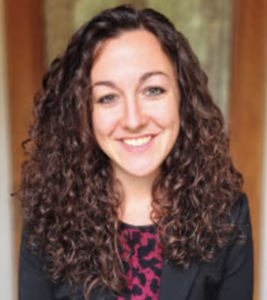
Congratulations to Justine Cormier, PGY3 for having her recent manuscript, The Ictal-Interictal Continuum: When to Worry About the Continuous EEG Pattern, accepted for publication in Seminars in Respiratory and Critical Care Medicine. Guest editors for this journal edition are Dr. David Hwang and Dr. David Greer. A link to the article will be put up when it is released (currently submitted to publisher). For now, the abstract is copied below.
Continuous electroencephalography (cEEG) monitoring is an invaluable tool in the evaluation of encephalopathy and coma in critically ill patients. Marked increases in cEEG monitoring, coinciding with several societal guideline statements in the last decade, have allowed for the earlier detection and treatment of clearly harmful patterns, including non-convulsive seizures (NCSz) and non-convulsive status epilepticus (NCSE). However, it has also unmasked a range of EEG patterns of less clear clinical significance, with some more “malignant” than others given their potential association with increased neuronal stress and secondary brain injury. These patterns lay on a spectrum often referred to as the Ictal-Interictal Continuum (IIC). To date, no definitive guidelines exist for the management of these potentially harmful EEG patterns, thus presenting a clinical dilemma for critical care physicians. Here we review the various IIC patterns, their associated features, seizure risk, and outcomes and propose a clinical approach to management based on available data and expert opinion.







